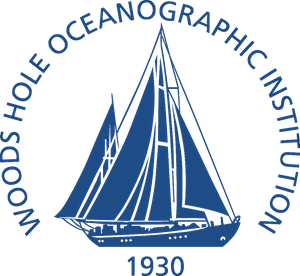From The Woods Hole Oceanographic Institution
6.13.24
HANNAH PIECUCH
PHOTOS BY HENLEY SPIERS
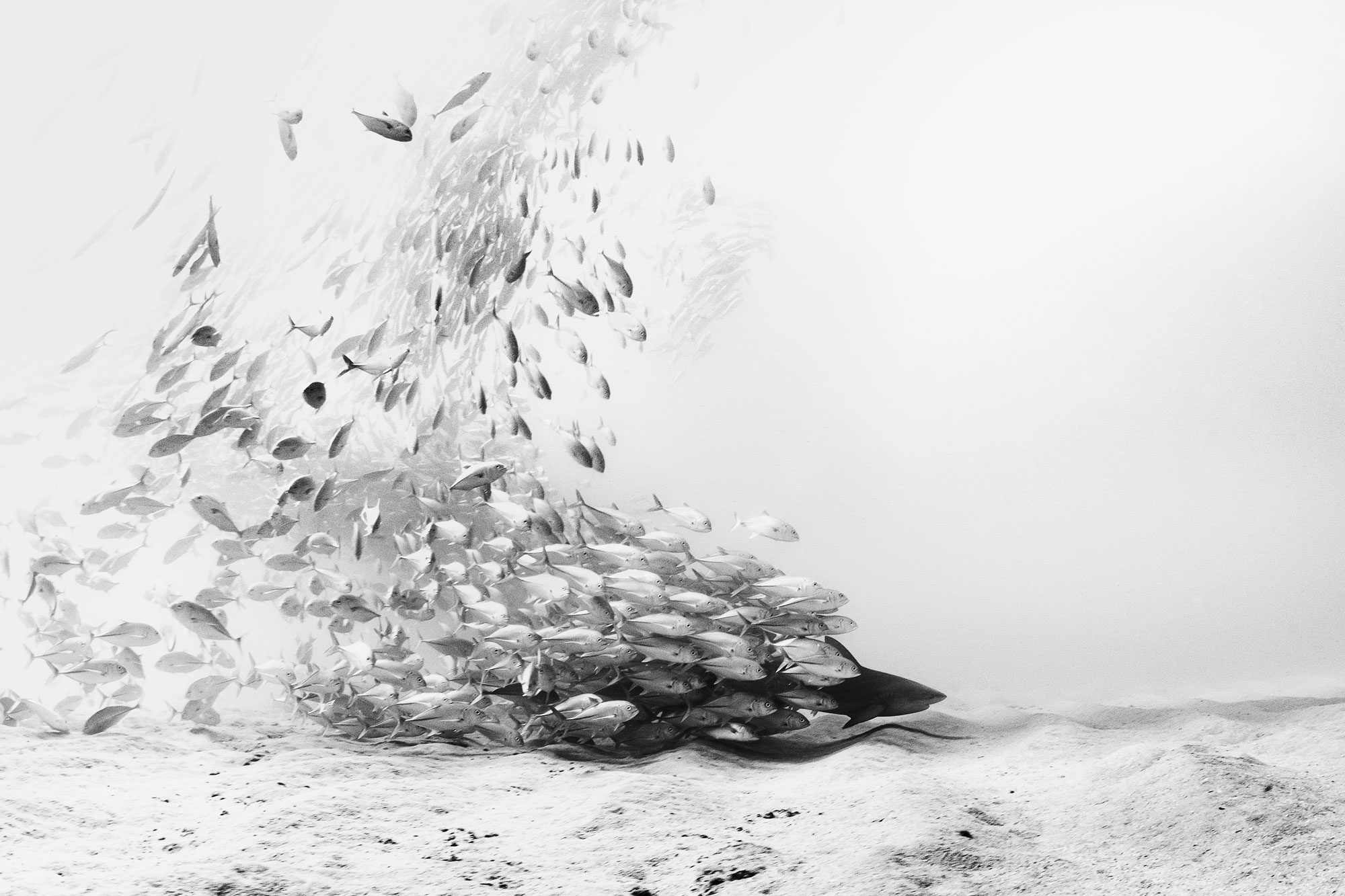
The power of conservation, as seen through the lens of award-winning ocean photographer Henley Spiers (© Henley Spiers Photography)
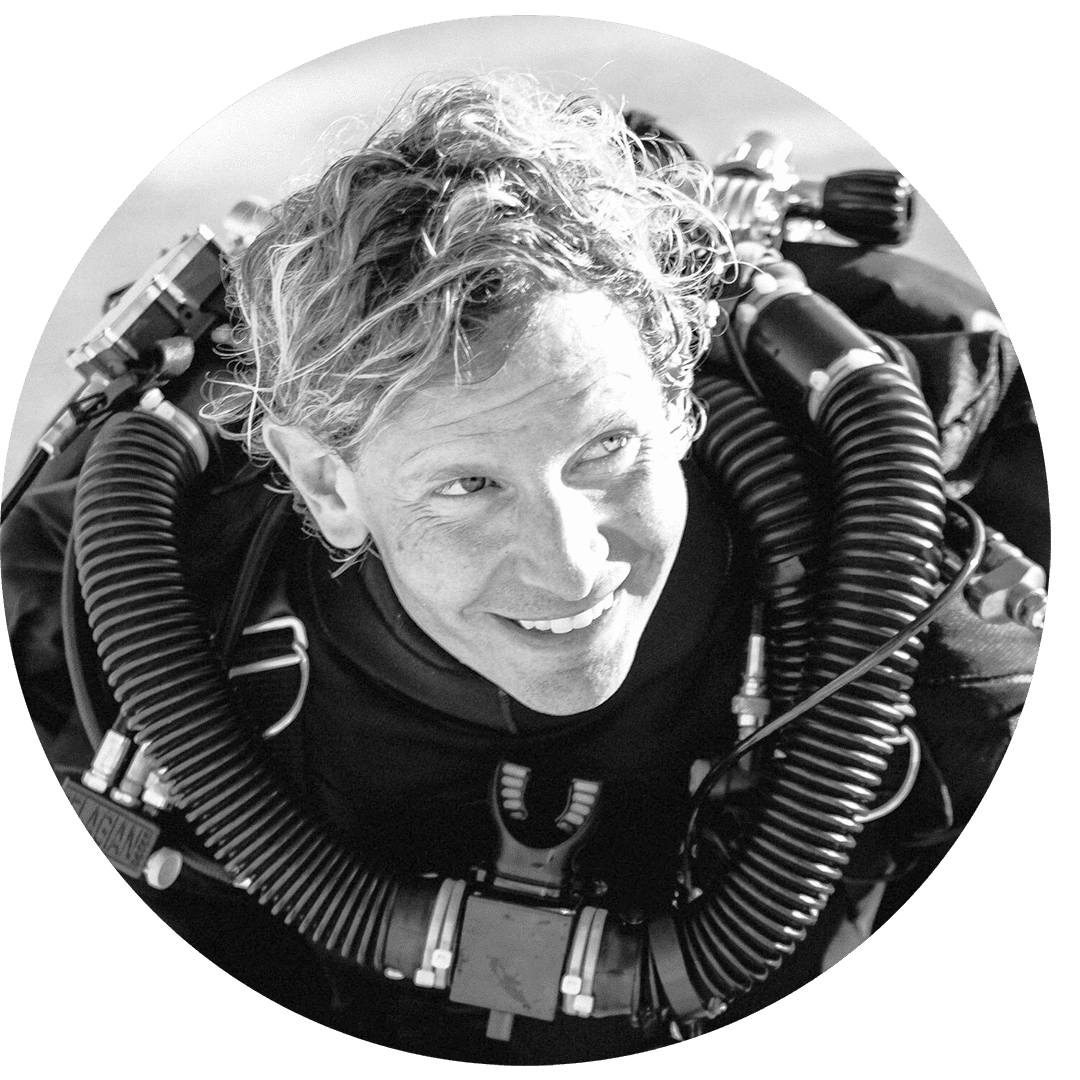
Henley Spiers
When it comes to telling ocean conservation stories, science provides the foundation, but photography brings them to life. That’s the perspective that conservationist and award-winning photographer Henley Spiers brings to capturing the underwater world.
“When you dive in a place with a really successful marine protected area, you notice the difference right away,” Spiers says. “You can see a fully intact ecosystem from top to bottom. There are healthy corals, both shallow and deep. There are fish, and sharks, and everything else that is supposed to be there. You don’t need someone to tell you that life is more abundant, because you can see it.”
Here, Spiers takes us to places where ocean life is flourishing under protection or local management and to regions where it is under threat. To see more of Henley Spiers’ work, visit henleyspiers.com.

BULL SHARK AMONG JACKS
Cabo Pulmo National Park, Baja California Sur, Mexico
A shoal of bigeye trevally (Caranx sexfasciatus) swarms a bull shark (Carcharhinus leucas) in Cabo Pulmo National Park. Cabo Pulmo gained protection when residents of a small fishing village—numbering fewer than 200 people—responded to the overfishing and destruction of their local ecosystem. It was protected in 1995 and made a national park in 2000. Since then, the community has enforced a 100%-no-take zone within the 27-square-mile (~70-square-kilometer) park, fought off large coastal developments, and pioneered a sustainable tourism industry to share the bounty of their reef. Fifteen years after the area was protected, a study found that the total fish biomass had increased by 463%.
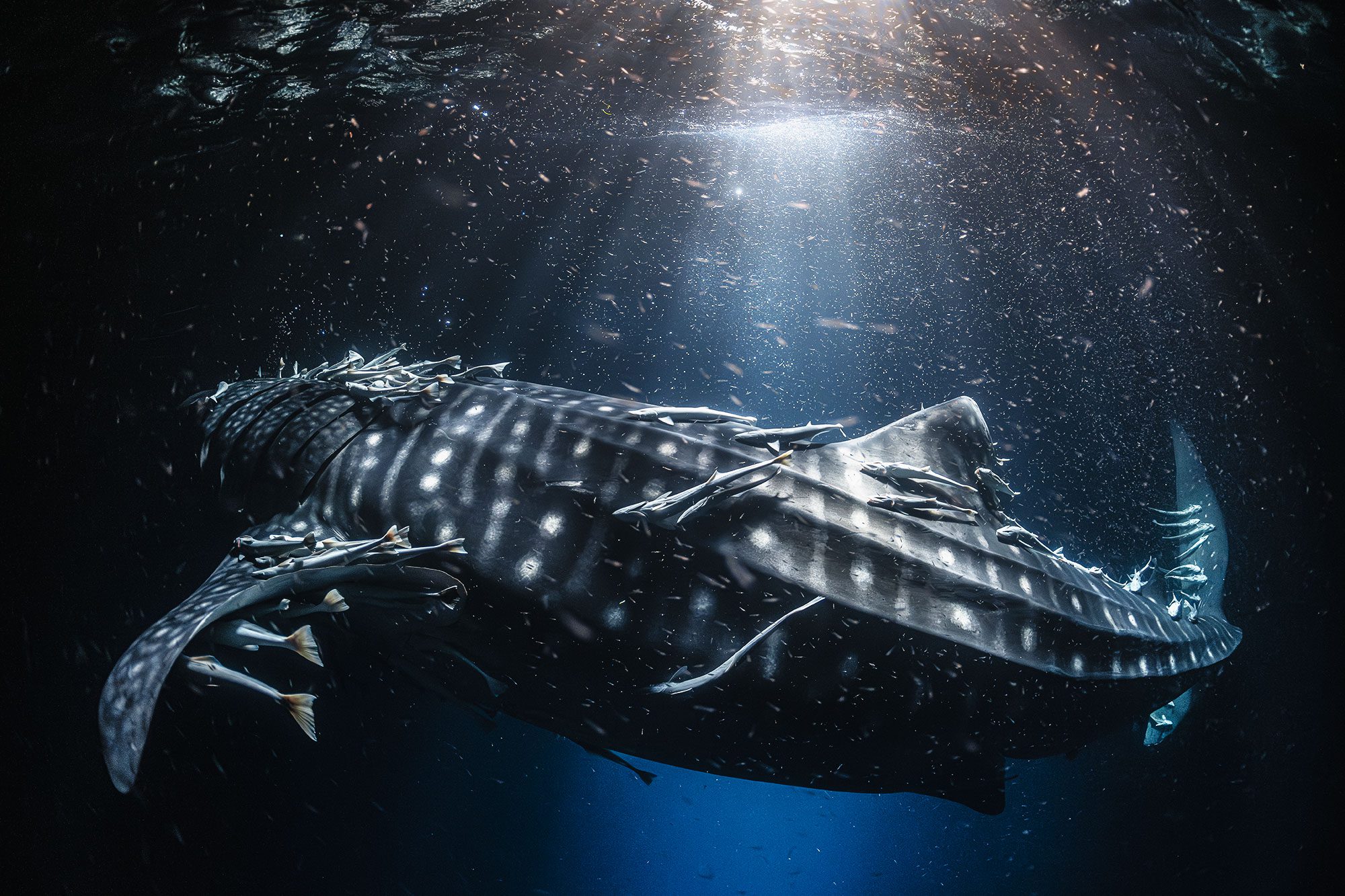
WHALESHARK BY NIGHT
Kolhumadulu Atoll, Maldives
A juvenile whale shark (Rhincodon typus) filter feeds near Kolhumadulu Atoll, a ring of 66 islands in the southernmost part of the Maldives. While this site is not within a marine protected area, this image represents cooperation between sustainable fisheries and local tourism. The shark is illuminated by the strong lights that Maldivian fishers shine into the night sea to attract baitfish used for catching skipjack tuna by pole and line. This traditional method does not harm nearby whale sharks, results in minimal bycatch, and has been certified by the Marine Stewardship Council.
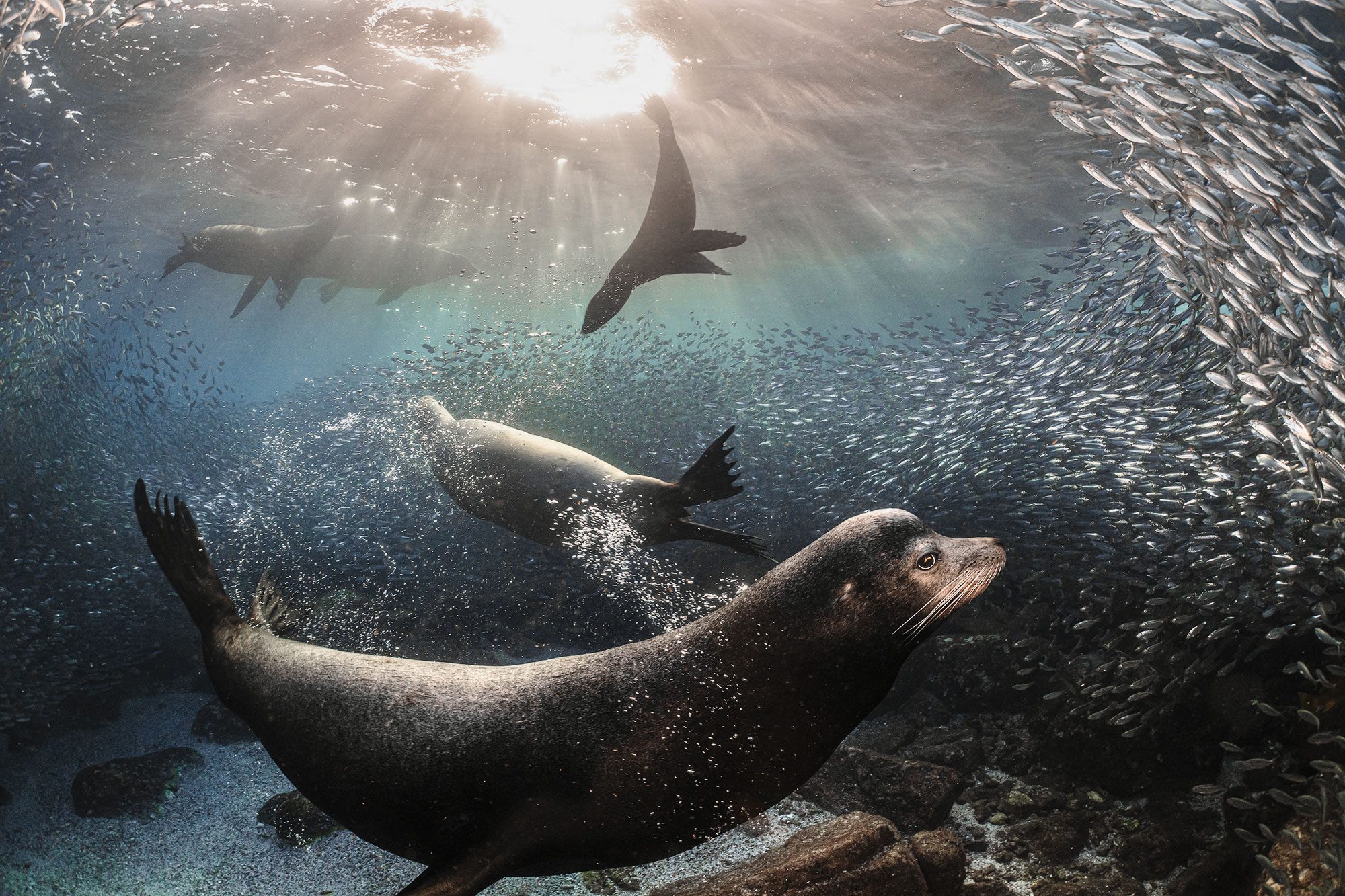
SEA LION ROOKERY
Espiritu Santo National Park, Gulf of California, Mexico
The Los Islotes colony of California sea lions (Zalophus californianus) is the only one in the Gulf of California that is growing. While neighboring colonies have decreased by 65% over a decade, this one has grown from 500 to 700 lions, according to a study published in 2021. Located within the marine zone of Espiritu Santo National Park, the protected area covers more than 180 square miles (nearly 500 square kilometers), is a no-take zone, and is closed to visitors during sea lion mating season. It has been protected by presidential decree since 2007.
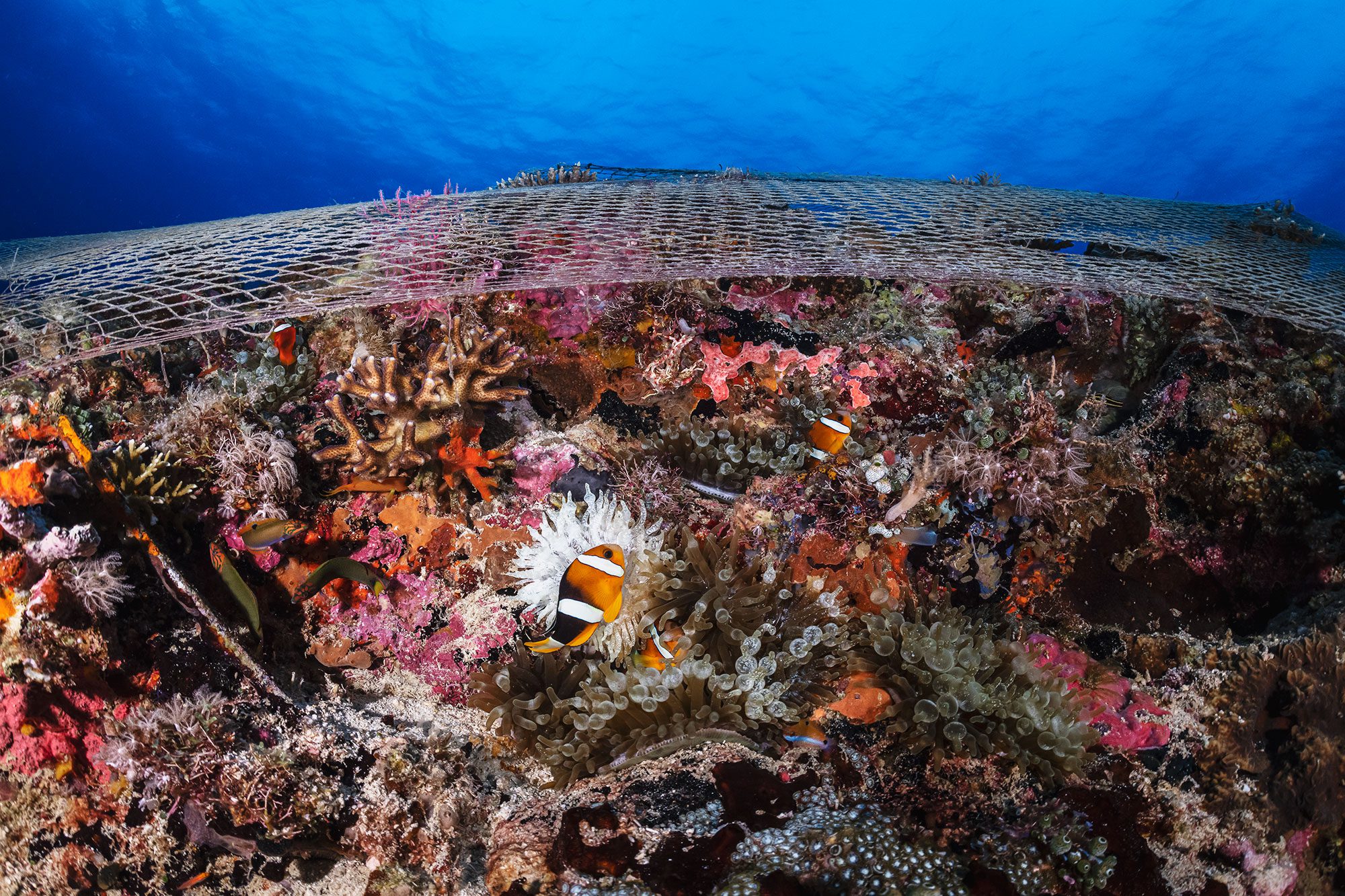
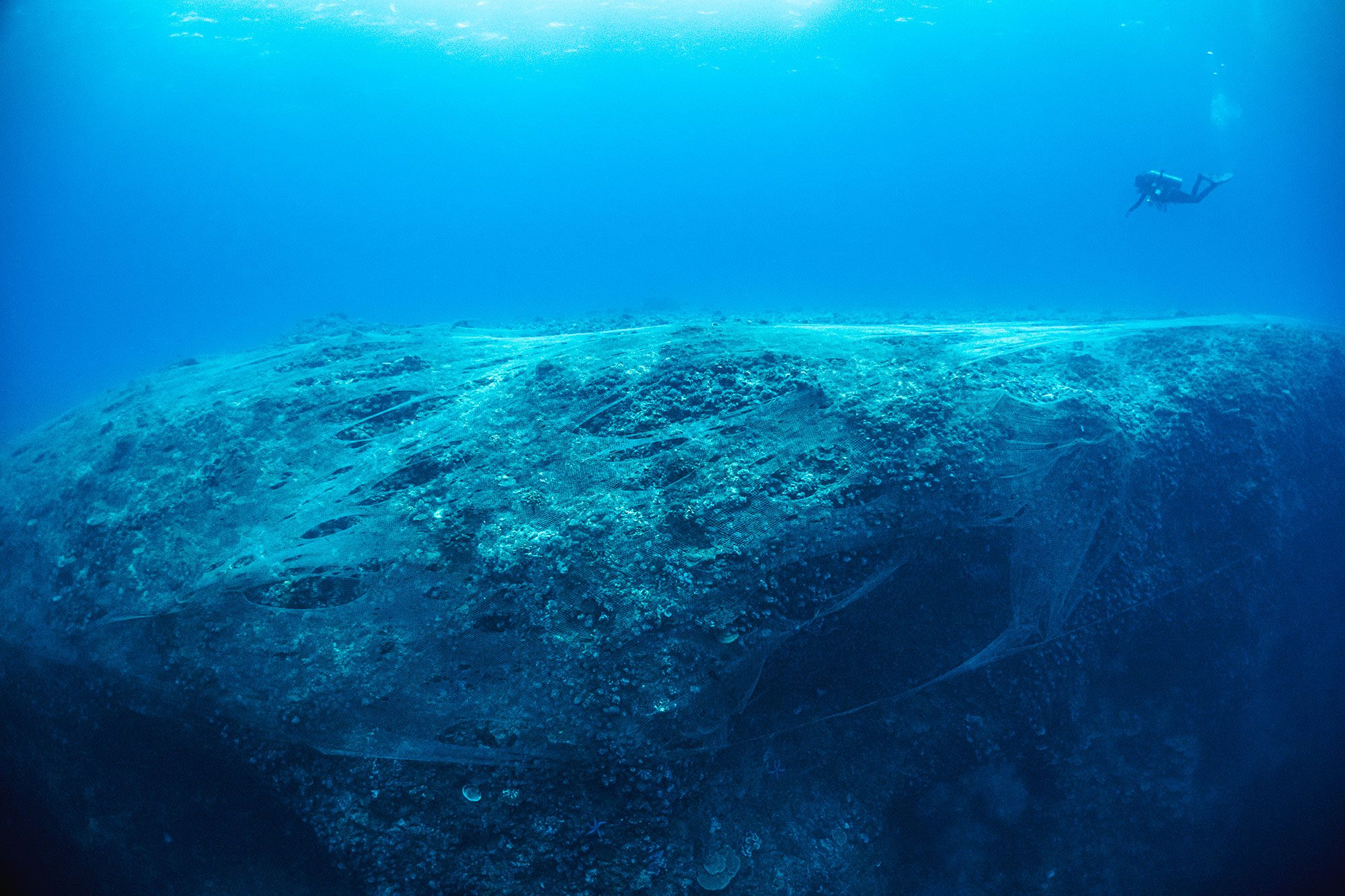
GHOST NET REEF
Kimud Shoal, Philippines
Here, in the heart of the Coral Triangle, a lost fishing net envelopes a seamount [upper]. Kimud Shoal in the Philippines is not protected. The corals and marine life in this part of the western Pacific Ocean are threatened by climate change and overfishing. But the area has a strong grassroots conservation community, and after this net was discovered, members of the local diving community returned and carefully cut it away [lower].
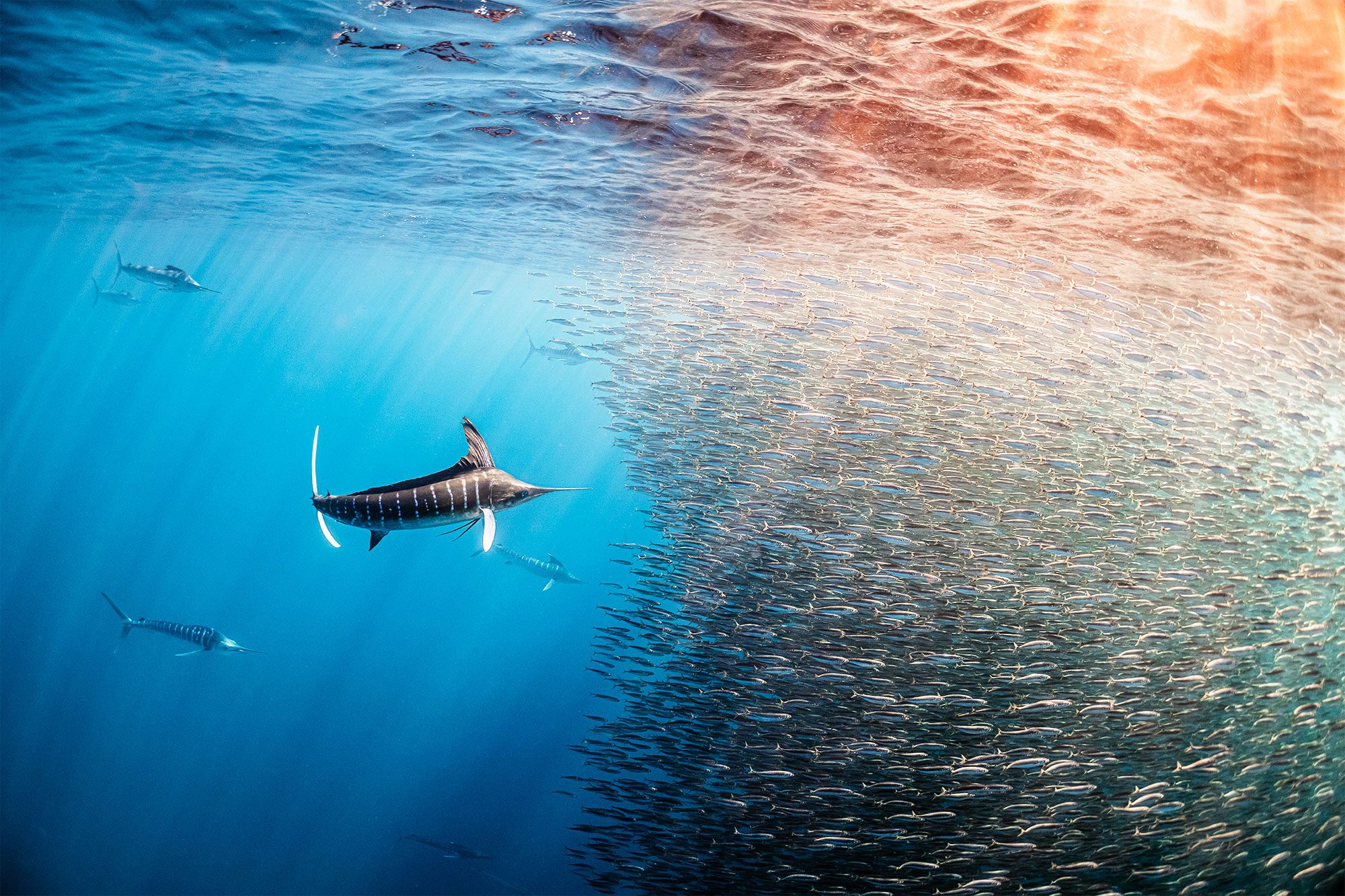
MARLINS IN THE HIGH SEAS
Offshore, Eastern Pacific Ocean
While marine protected areas can create nurseries of life, the ocean has no firm borders. In this photo, striped marlins (Tetrapturus audax) hunt sardines (Sardinops sagax caerulea) in the open Pacific. Many species that would benefit from protection or sustainable management migrate between protected and non-protected areas.
Initiatives like the United Nation’s 30 by 30 goal (see page 6) and the Biodiversity Beyond National Jurisdiction Treaty—also known as the High Seas Treaty—are opportunities for the international community to protect open ocean areas like this one.
In the meantime, Spiers sees photography as a way to show the world what is at stake. “Imagery can be the tipping point in helping people understand why we need to protect the ocean,” he said. “Humans are driven by emotion. When they see what scientists, conservationists, and policymakers are talking about, they know it’s important.”
See the full article here .
Comments are invited and will be appreciated, especially if the reader finds any errors which I can correct.
five-ways-keep-your-child-safe-school-shootings
Please help promote STEM in your local schools.

Mission Statement
The Woods Hole Oceanographic Institution is dedicated to advancing knowledge of the ocean and its connection with the Earth system through a sustained commitment to excellence in science, engineering, and education, and to the application of this knowledge to problems facing society.
Vision & Mission
The ocean is a defining feature of our planet and crucial to life on Earth, yet it remains one of the planet’s last unexplored frontiers. For this reason, WHOI scientists and engineers are committed to understanding all facets of the ocean as well as its complex connections with Earth’s atmosphere, land, ice, seafloor, and life—including humanity. This is essential not only to advance knowledge about our planet, but also to ensure society’s long-term welfare and to help guide human stewardship of the environment. WHOI researchers are also dedicated to training future generations of ocean science leaders, to providing unbiased information that informs public policy and decision-making, and to expanding public awareness about the importance of the global ocean and its resources.
The Institution is organized into six departments, the Cooperative Institute for Climate and Ocean Research, and a marine policy center. Its shore-based facilities are located in the village of Woods Hole, Massachusetts and a mile and a half away on the Quissett Campus. The bulk of the Institution’s funding comes from grants and contracts from the National Science Foundation and other government agencies, augmented by foundations and private donations.
WHOI scientists, engineers, and students collaborate to develop theories, test ideas, build seagoing instruments, and collect data in diverse marine environments. Ships operated by WHOI carry research scientists throughout the world’s oceans. The WHOI fleet includes two large research vessels ( R/V Atlantis and R/V Neil Armstrong); the coastal craft Tioga; small research craft such as the dive-operation work boat Echo; the deep-diving human-occupied submersible Alvin; the tethered, remotely operated vehicle Jason/Medea; and autonomous underwater vehicles such as the REMUS and SeaBED.



WHOI offers graduate and post-doctoral studies in marine science. There are several fellowship and training programs, and graduate degrees are awarded through a joint program with the Massachusetts Institute of Technology. WHOI is accredited by the New England Association of Schools and Colleges . WHOI also offers public outreach programs and informal education through its Exhibit Center and summer tours. The Institution has a volunteer program and a membership program, WHOI Associate.
On October 1, 2020, Peter B. de Menocal became the institution’s eleventh president and director.
History
In 1927, a National Academy of Sciences committee concluded that it was time to “consider the share of the United States of America in a worldwide program of oceanographic research.” The committee’s recommendation for establishing a permanent independent research laboratory on the East Coast to “prosecute oceanography in all its branches” led to the founding in 1930 of the Woods Hole Oceanographic Institution.
A $2.5 million grant from the Rockefeller Foundation supported the summer work of a dozen scientists, construction of a laboratory building and commissioning of a research vessel, the 142-foot (43 m) ketch R/V Atlantis, whose profile still forms the Institution’s logo.
WHOI grew substantially to support significant defense-related research during World War II, and later began a steady growth in staff, research fleet, and scientific stature. From 1950 to 1956, the director was Dr. Edward “Iceberg” Smith, an Arctic explorer, oceanographer and retired Coast Guard rear admiral.
In 1977 the institution appointed the influential oceanographer John Steele as director, and he served until his retirement in 1989.
On 1 September 1985, a joint French-American expedition led by Jean-Louis Michel of IFREMER and Robert Ballard of the Woods Hole Oceanographic Institution identified the location of the wreck of the RMS Titanic which sank off the coast of Newfoundland 15 April 1912.
On 3 April 2011, within a week of resuming of the search operation for Air France Flight 447, a team led by WHOI, operating full ocean depth autonomous underwater vehicles (AUVs) owned by the Waitt Institute discovered, by means of sidescan sonar, a large portion of debris field from flight AF447.
In March 2017 the institution effected an open-access policy to make its research publicly accessible online.
The Institution has maintained a long and controversial business collaboration with the treasure hunter company Odyssey Marine. Likewise, WHOI has participated in the location of the San José galleon in Colombia for the commercial exploitation of the shipwreck by the Government of President Santos and a private company.
In 2019, iDefense reported that China’s hackers had launched cyberattacks on dozens of academic institutions in an attempt to gain information on technology being developed for the United States Navy. Some of the targets included the Woods Hole Oceanographic Institution. The attacks have been underway since at least April 2017.
